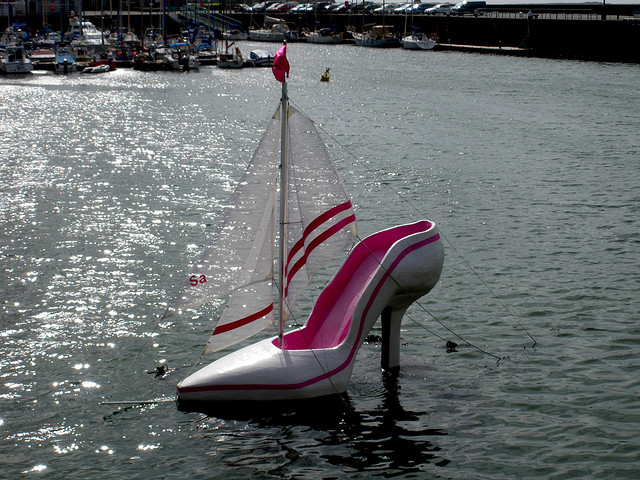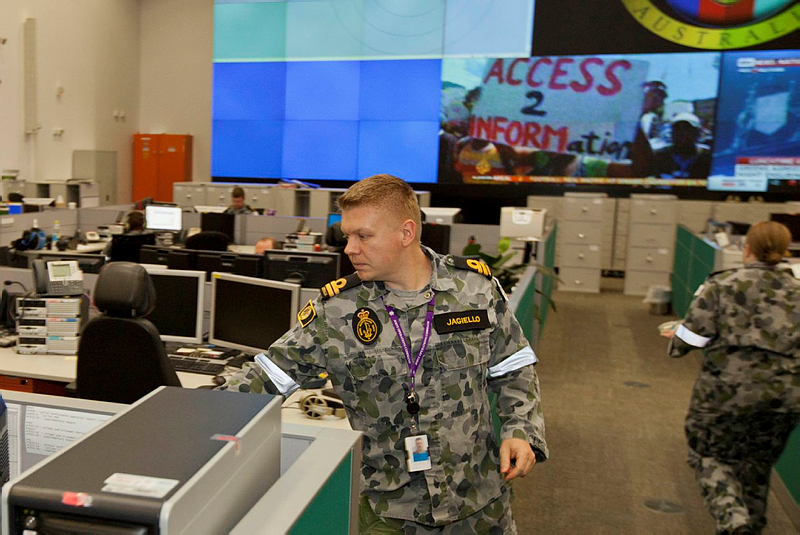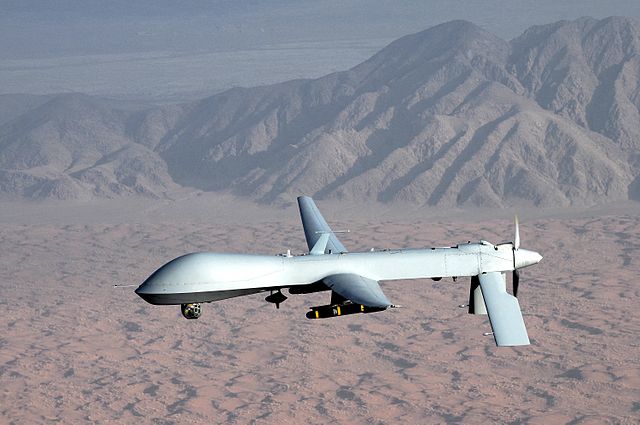Asian gazing (part IV): the logic and consensus of the US pivot
 Washington’s political deadlock and partisan bloodletting has reached the point that a former US diplomat compares the Congressional confirmation hearings for ambassador appointees to a hostage siege in Beirut. The observation is from Christopher Hill, assistant secretary of State for East Asian and Pacific Affairs for Bush’s administration, speaking at the Asia Pacific Roundtable in Kuala Lumpur.
Washington’s political deadlock and partisan bloodletting has reached the point that a former US diplomat compares the Congressional confirmation hearings for ambassador appointees to a hostage siege in Beirut. The observation is from Christopher Hill, assistant secretary of State for East Asian and Pacific Affairs for Bush’s administration, speaking at the Asia Pacific Roundtable in Kuala Lumpur.
The hostage siege comment was an aside in speech on the US pivot that carried the headline ‘Continuity and Change in US engagement with Asia’. The lack of much bipartisanship on almost any subject in Washington underlines the significance of the fact that there is a solid US consensus on the rebalance. The consensus is for the facts and force of the policy shift, even if there’s some argument about what the policy should be named.
Hill’s speech title goes to one of the key arguments in Asian strategic star gazing at the moment: Is the pivot just more of the same with a bit of re-badging, or does it mark a significant shift in the weight and focus of US grand strategy? As an official from the previous administration, it’s no surprise that Hill saw much continuity in the rebalance. Read more









